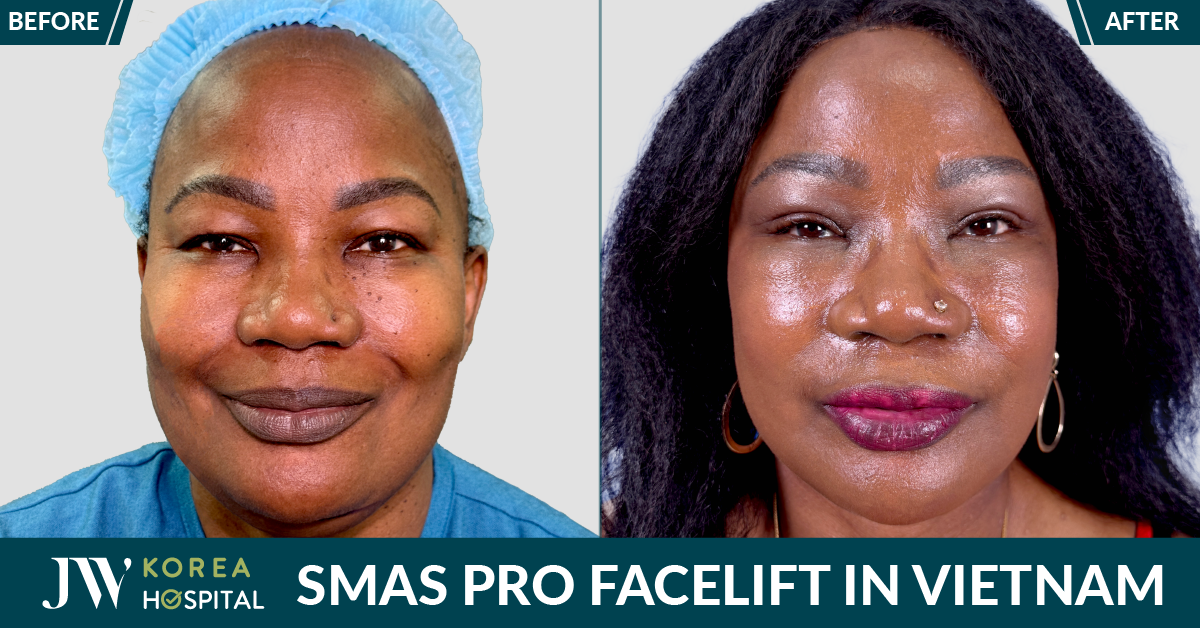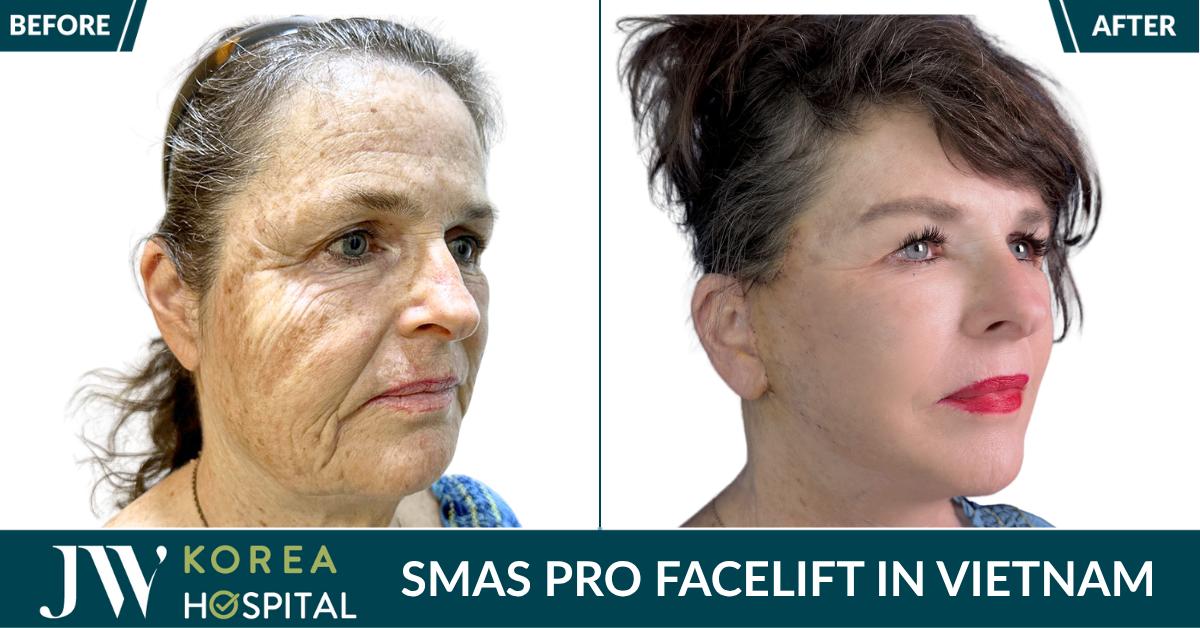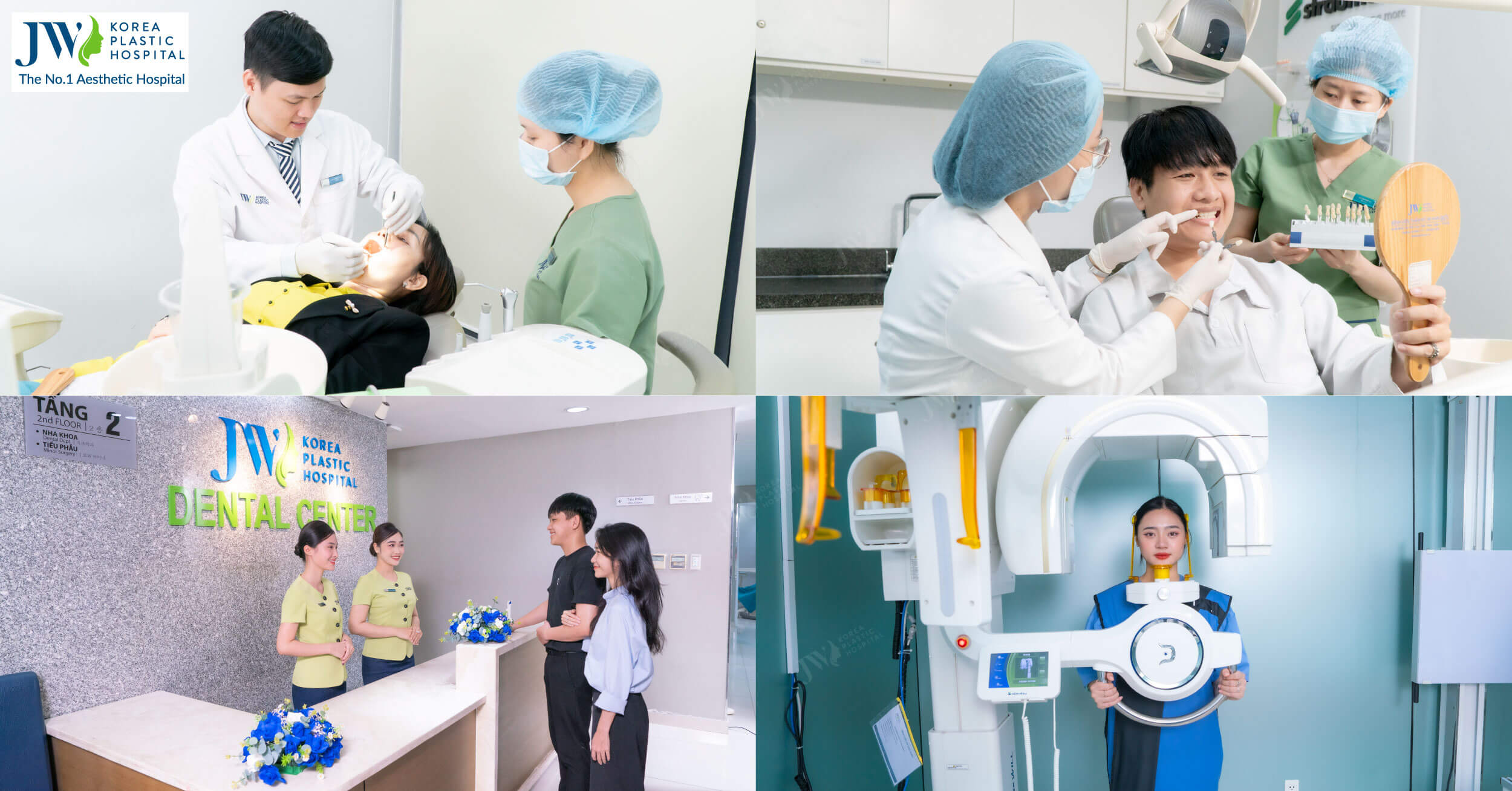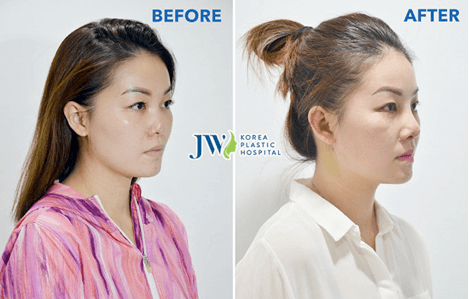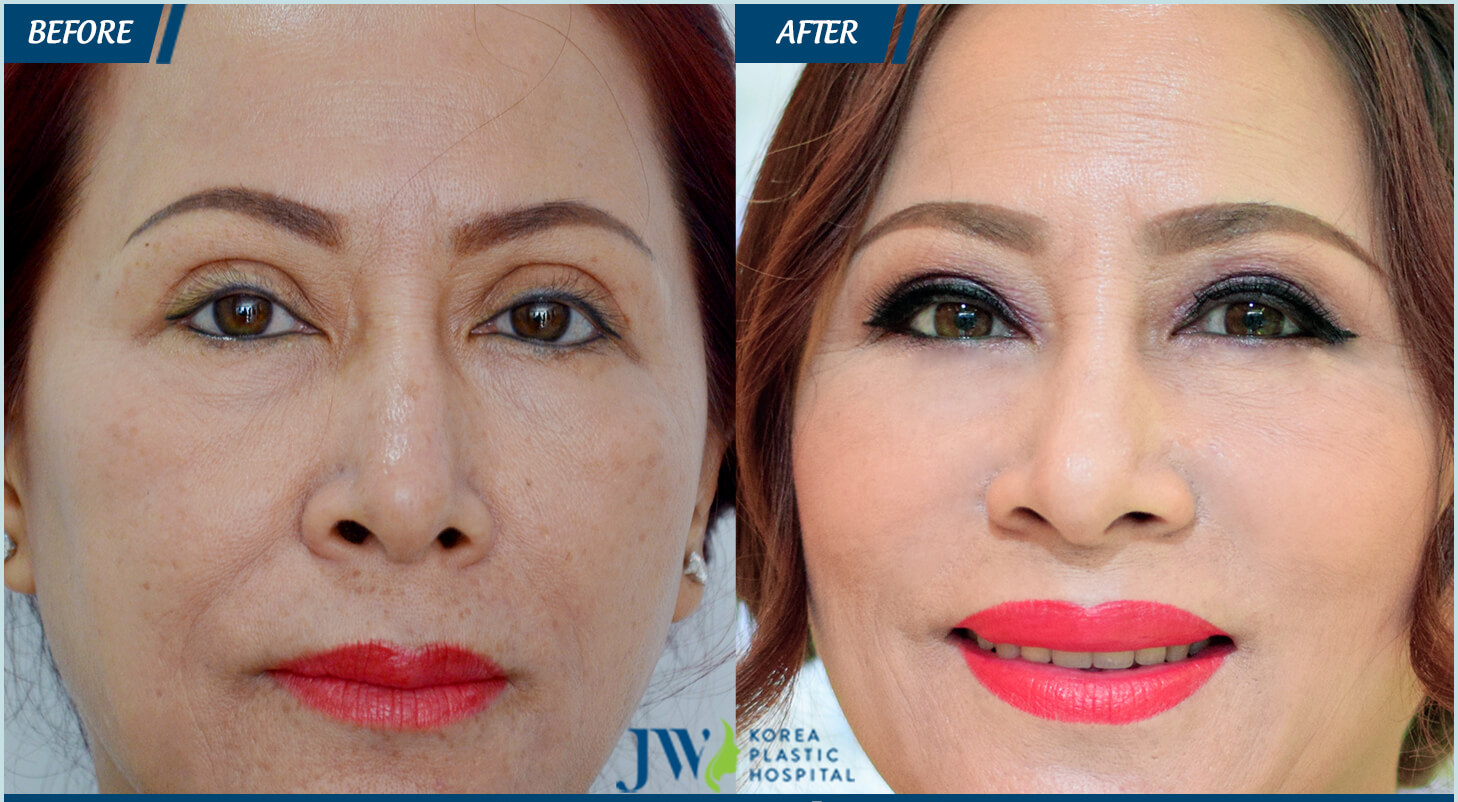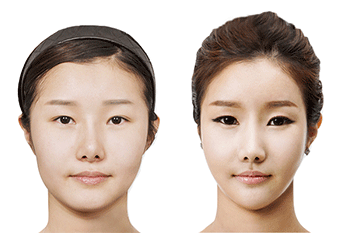Breast Reduction – Transform Overly Large and Sagging Breasts Into Beautiful and Bouncy Breasts

What is breast reduction?
Extremely large breasts make you look dull and informal. Heavy breasts easily sag and cause eczema and pain to the neck, back, and shoulders.
Breast reduction is the plastic surgery procedure for reducing the size and shape of large and sagging breasts. Once a proper procedure is provided, patients are highly satisfied, compared to any other operations. Breast reduction, known as one of the most difficult operations in mammoplasty, should be performed by skilled specialists with extensive experience.
Surgery duration: 3-4 hours
Anesthesia: General Anesthesia
Hospitalization : 1 day
Number of postoperative visits: 3-4 times
Return to normal life: after 2-3 weeks of operation
Who should have breast reduction?
We recommend breast reduction to the following people:
- Those who have extremely large breasts
- Those who have pains in the shoulders, neck, and back or eczema under the breasts due to macromastia
- Those who have sagging breasts due to pregnancy, childbirth, or extreme dieting

In summary, if you have disproportionately large breasts that are causing neck pain, back pain, or other physical symptoms, you may be considering breast reduction surgery. Most women who get breast reduction are very satisfied with the results at JW Hospital.
How is breast reduction done?
The key to the success in breast reduction is scarring. If the breast size needs to be slightly reduced, only small incisions are made around the areola. If the patient, however, has extremely large breasts, an operation may leave vertical scars on the breasts. JW Hospital uses new breast reduction techniques that do not leave vertical scars for patient satisfaction.
Here’s a step-by-step account of what happens during breast reduction surgery:
Step 1: Prior to your surgery, your doctor will mark the places for the incisions on you breasts. He or she does this because the breast tissue moves and changes its physical location when you are lying down.
Step 2: Once in the operating room, you’ll receive anesthesia. Most patients are given general anesthesia but in special circumstances and IV sedation may be used. The choice is really up to your doctor but do voice your opinion on which one is used.
Step 3: Once you are sufficiently numbed, your surgeon starts the surgery with the incisions.
Step 4: Your doctor will remove the excess tissue in the breast including skin and fat, and then shift the nipple and its areola to a higher location.
Step 5: Your breast is then reshaped.
Step 6: Drains are inserted into the breasts and then the incisions are closed up.
Step 7: Your chest is bandaged with a compression bandage on top of gauze.
Step 8: You are then taken to the recovery room.
Step 9: Once you wake up, all activities will center around giving you instructions and making preparations for you to leave the facility.

Breast Reduction Incisions:
Donut (Periareolar Incision): Smaller scar, Natural breast
Effective for those whose breasts are not extremely large
Short surgical duration and less scars

Lollipop (Vertical Incision): Move up the nipple position
More effective for creating a beautiful breast shape than periareolar incision
Less scars than inverted T-shaped incision

Anchor (T-shaped incision): For severe case, Move up the nipple position
Applicable for macromastia/breast ptosis- Able to reduce the largest volumeIncision without vertical scars
Breast Reduction Recovery
The surgery lasts between two and four hours. After the surgery is completed, your surgeon will bandage your chest, most likely using a compression garment. It’s likely that drainage tubes may be added to your breasts and they will be removed in a few days.

Follow-up examination after surgery
You’ll be in a recovery room immediately following surgery and may have foggy thinking and feel sore when you wake up. The medication you have been given will be good for pain reduction. The staff will make sure you are ready to go home; this usually takes place in a few hours.
When getting ready to leave, a nurse will go over instructions on how to care for the drainage tubes, antibiotic use, and other important information about postsurgical care. For example, you will have to keep the incisions dry. Even topical creams should not be used on the incisions. Sutures are removed after about 10 days.
The nurse will also explain what symptoms are common after surgery and any possible complications
The results after breast reduction at JW Hospital

Before / After

Before / After
Book your consultation
During the consultation you discuss all your wishes and expectations with the surgeon. The doctor will inform you whether the procedure can meet your expectations.
All the information regarding your Breast Reduction is also provided during the consultation: the method that will provide you with the best result, the possible risks involved in your treatment and the aftercare.
Call us on 09 6868 1111 to arrange your appointment immediately.




